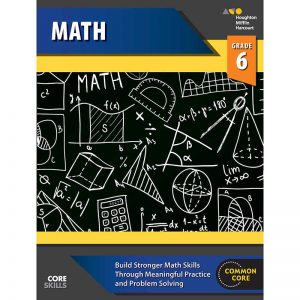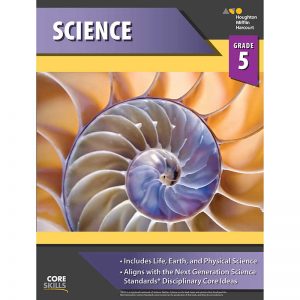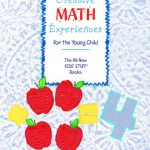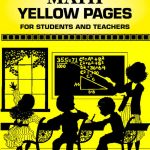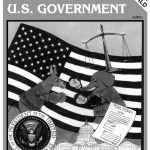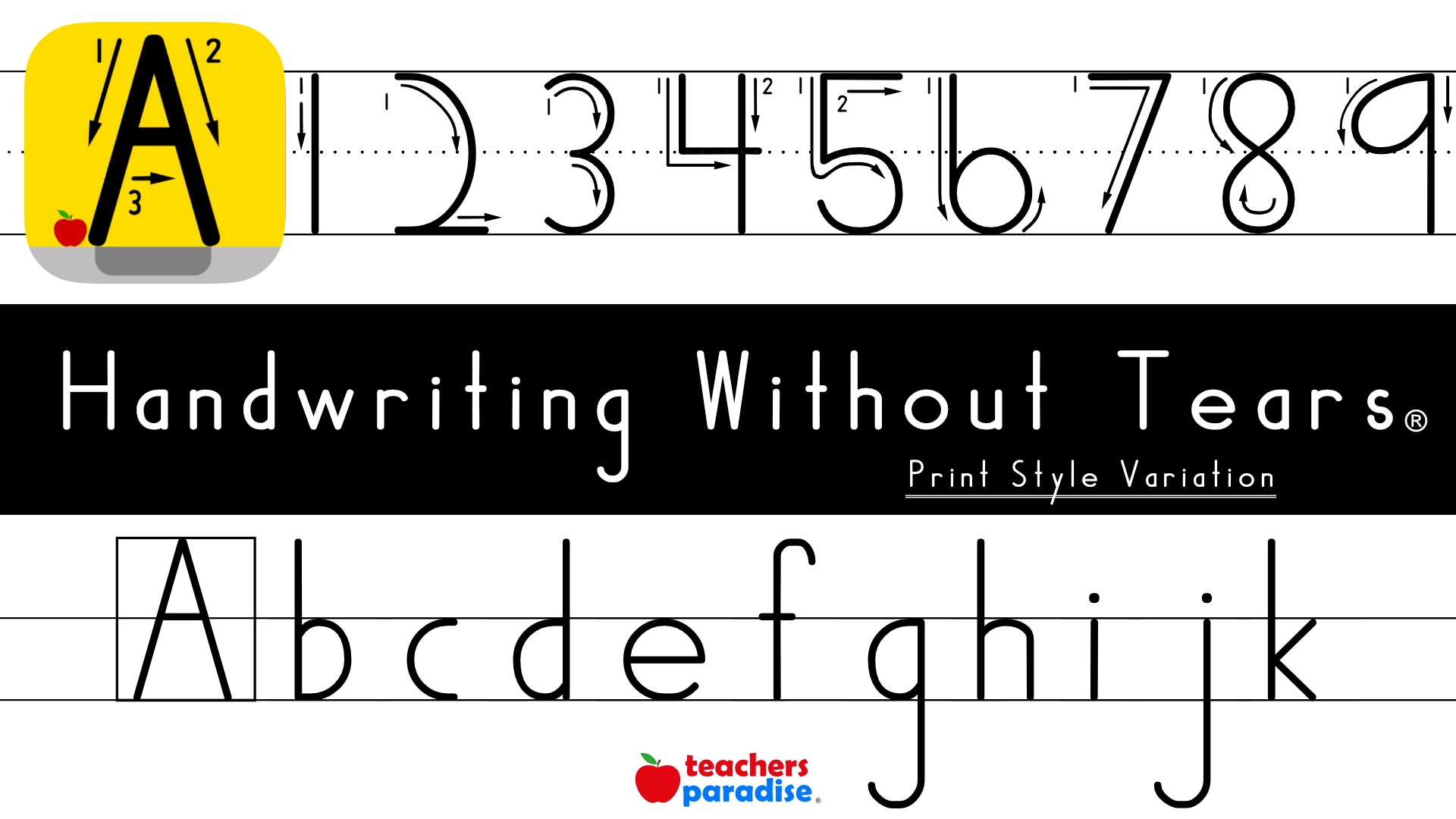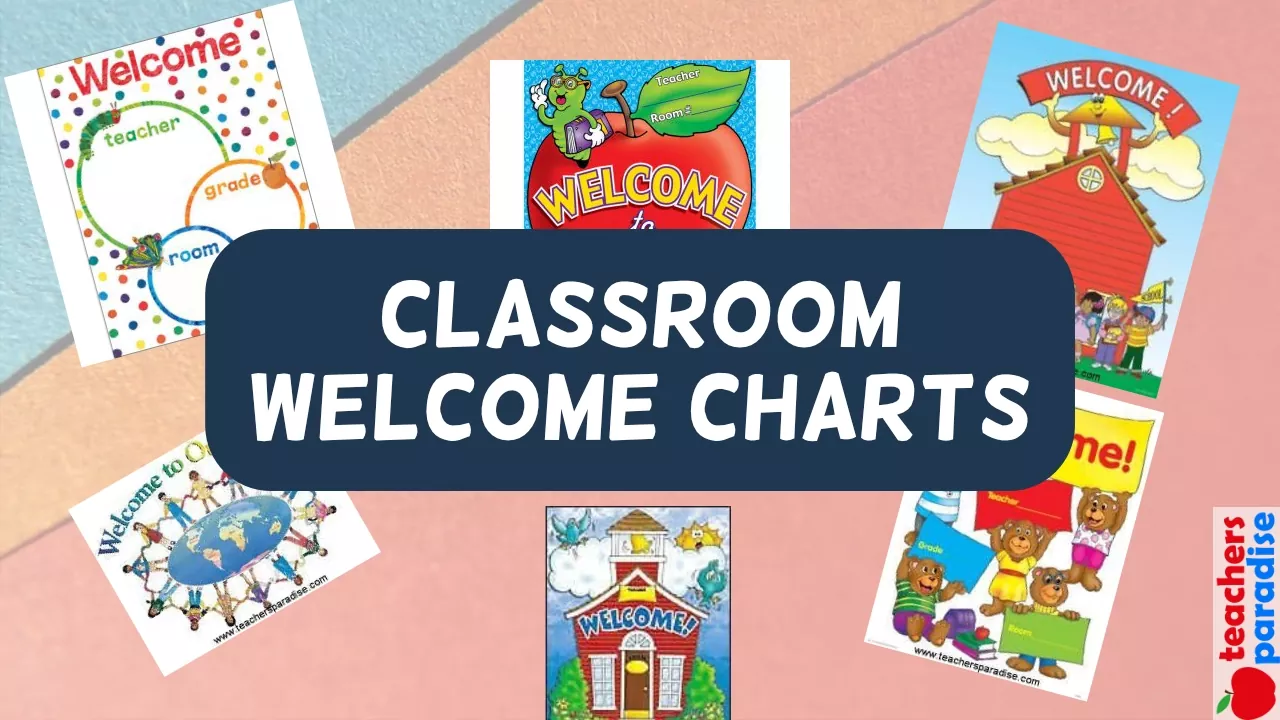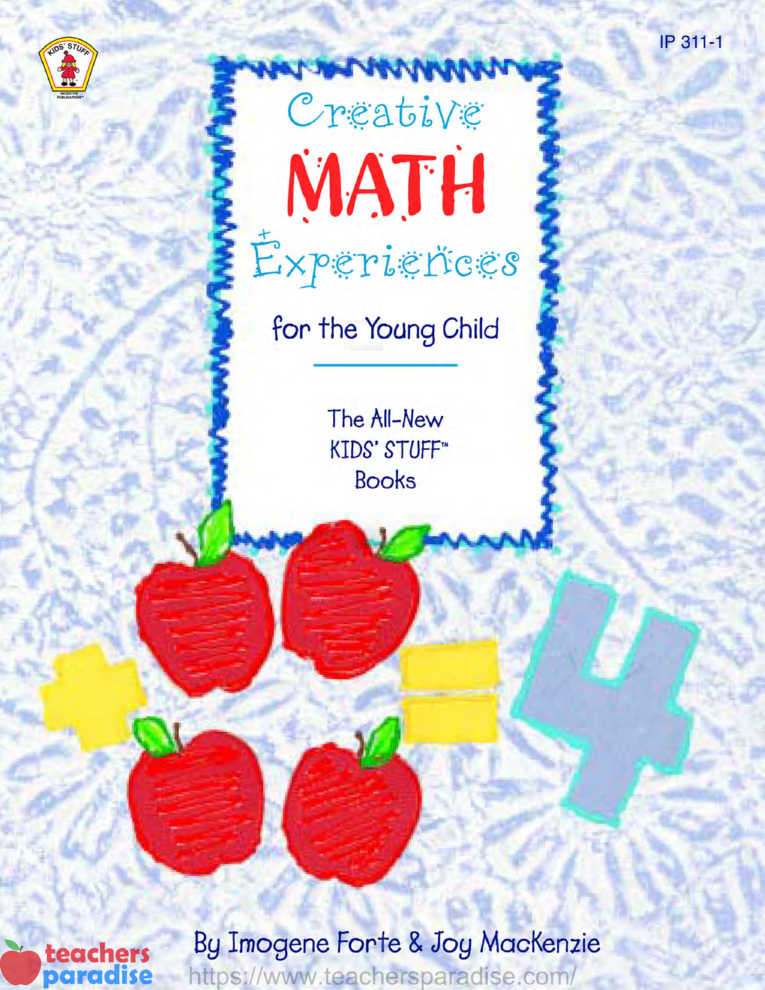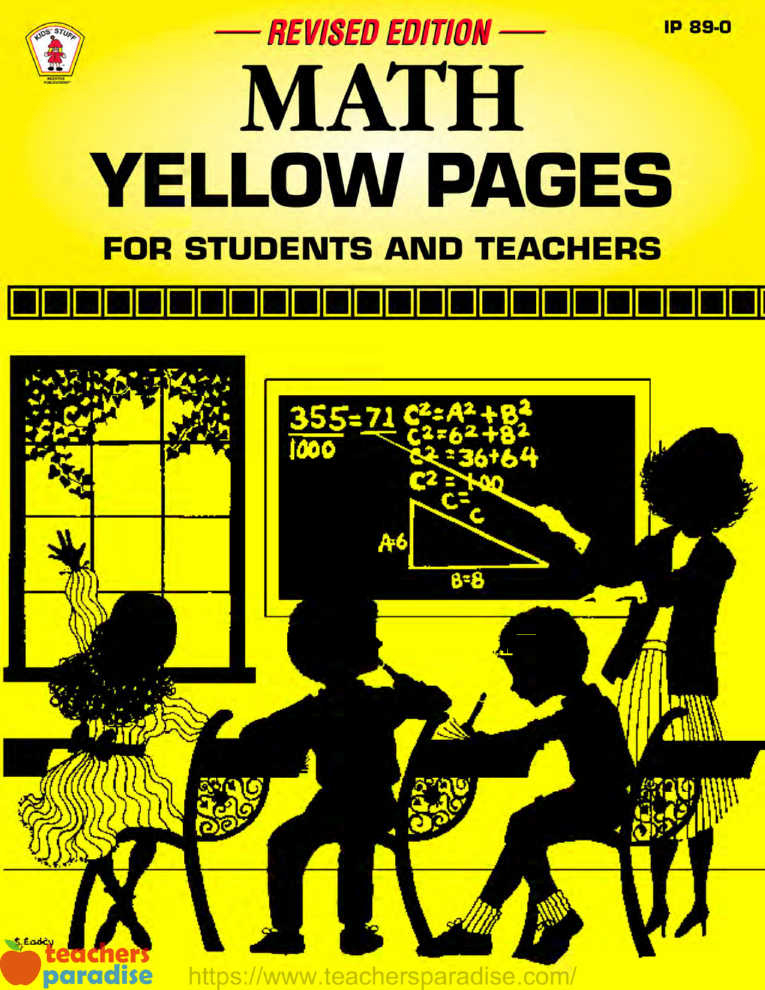Rocks and Minerals: The World Beneath Our Feet Emergent Reader Activity
BEFORE READING
Ask students to share information they know about rocks and minerals. Have them preview the book by examining the Contents page and some of the photos and captions.
READING
Help students set a purpose for reading by asking them to think of questions they would like to have answered about rocks and minerals. Use questions such as these to guide the reading:
• How are minerals important to our everyday lives? (Ch. 1)
• Describe the three kinds of rocks. (Ch. 2)
• What are some ways people use metals and gems? (Ch. 3–5)
• What does “Fooling with Mother Nature” mean? (Ch. 8)
WORKSHEET & Sample PDF Activity
[adinserter block=”2″]
Sample PDF Activity
[adinserter block=”3″]
AFTER READING
Lead students in a discussion about the elements of nonfiction, including the text organization used by the author. You may wish to distribute copies of the Comprehension Master on p. 58.
Vocabulary Activity: Word Relationships
Materials: glossary words
Have students work in pairs to look for relationships among the glossary words. Ask them to choose five words from the list that are related in some way. Direct them to write each word and explain its relationship to the other four words.
Writing Activity: Descriptive Paragraph
Materials: Internet access if available, thesauruses, encyclopedias, information books about rocks and minerals
Discuss how sensory details—details that tell how things look, sound, feel, smell, and taste—help the reader picture what the writer is describing. Have students use available resources to write a paragraph describing a rock, mineral, gem, or fossil. To ensure their paragraph includes precise, vivid language, encourage students to use a thesaurus.
ESL Activity: Labeling
Materials: rock collection, Rocks and Minerals: The World Beneath Our Feet
Pair fluent students with less fluent ones. Have students work together to label items in a rock collection. Encourage them to refer to the text to help them decide how to label each item.
PHONICS/WORD STUDY
Using –er and –est
Write the following chart on the board. Ask students to help you complete it. Then select volunteers to use each word in a sentence.

MINI LESSONS
• READING STRATEGY
Study Skills: Using Text Features to Locate Information
Remind students that chapter titles and headings can help them locate information. Invite volunteers to ask questions about the text. Have other students explain how they used text features to find the answers.
• LANGUAGE SKILL
Repairing Sentence Fragments
Discuss the difference between complete sentences and sentence fragments. Be sure students understand that to be a complete sentence, a sentence must have both a subject and a verb. Then write the following fragments on the board and ask students to rewrite them as complete sentences: Is a precious metal. The most beautiful minerals. To make many things.

